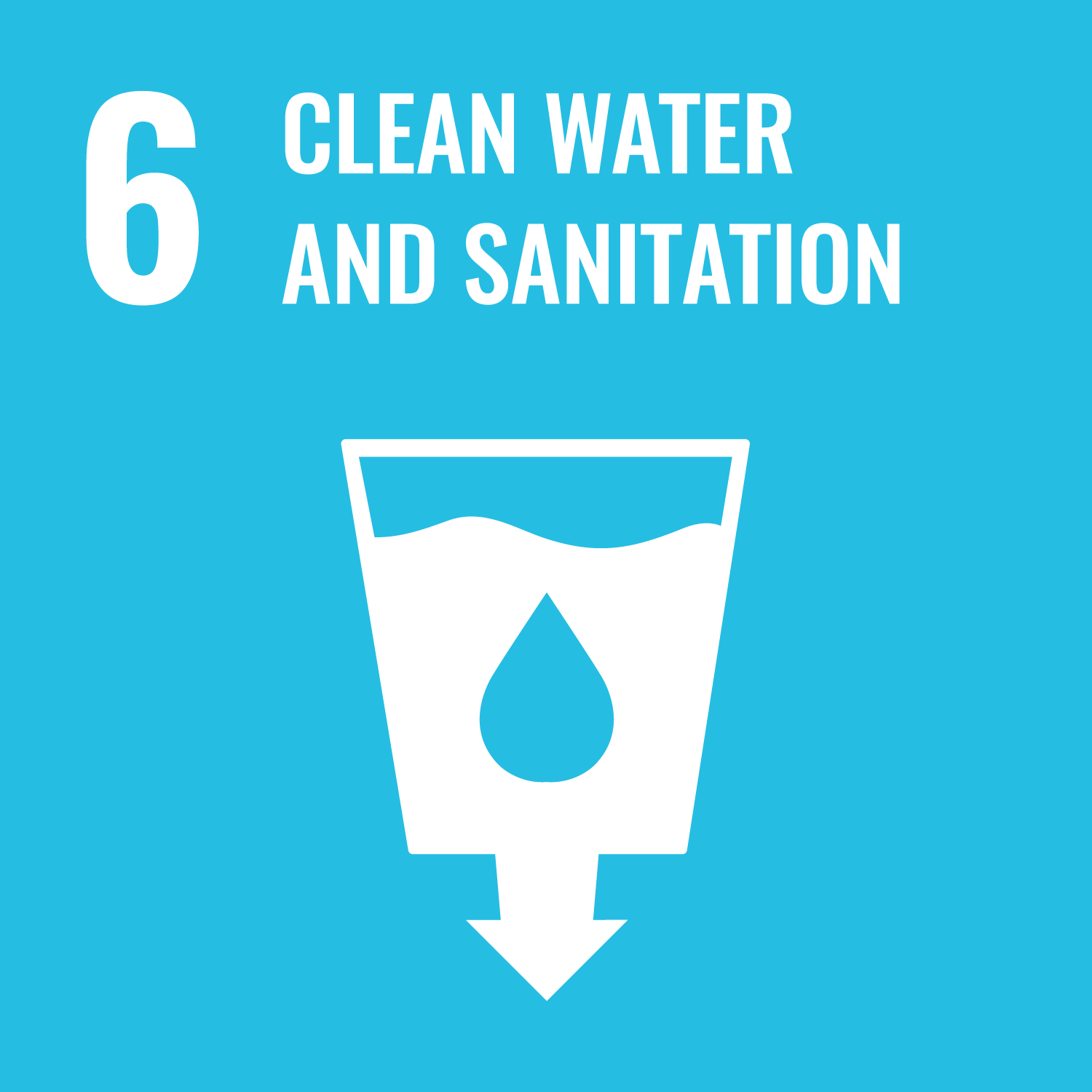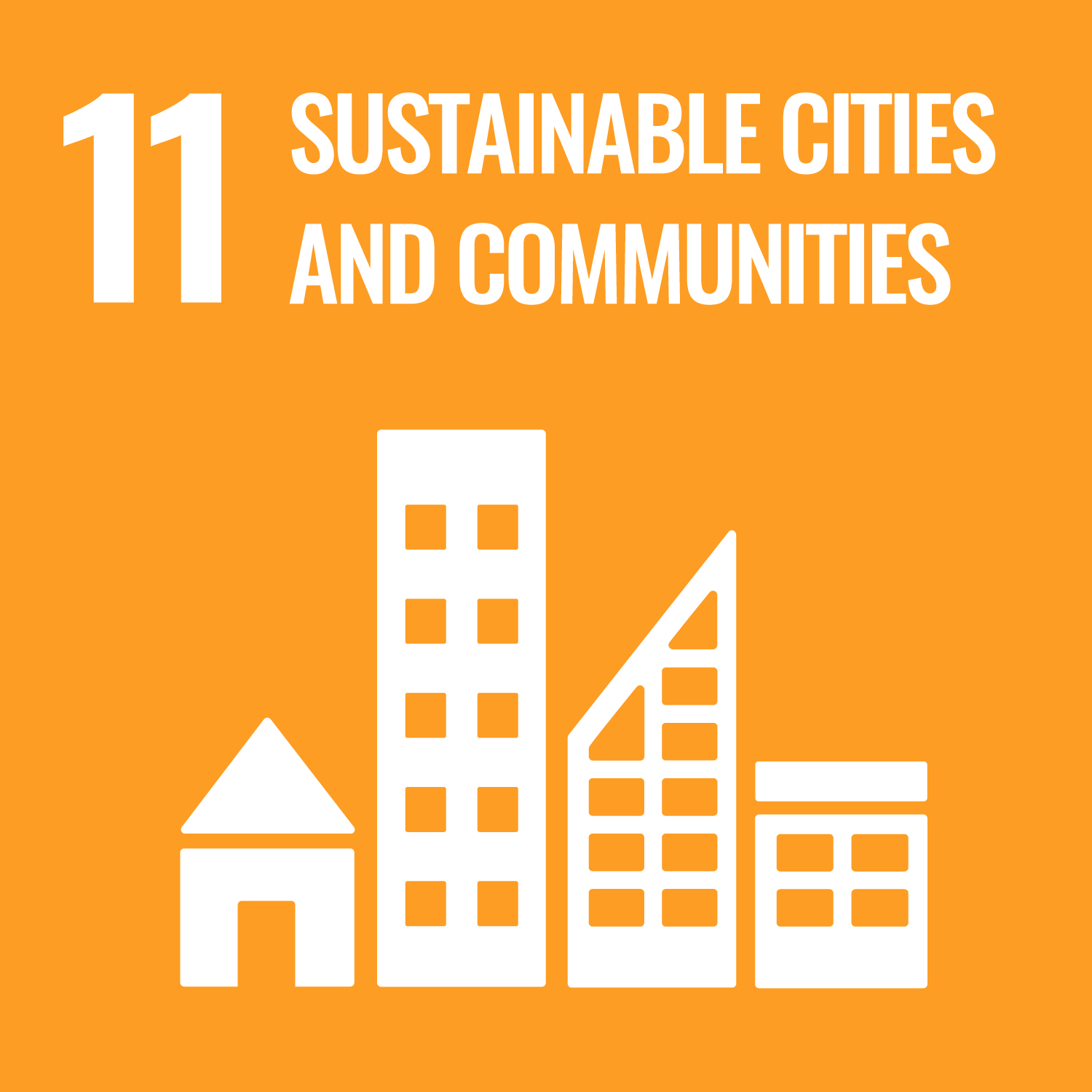[Class Outline]
Based on the basic knowledge of fluid mechanics and hydraulics learned in "Introduction to Hydraulics," students will learn the applied understanding of viscous fluid dynamics to mathematically describe the mechanical behaviour of actual flows. Students will learn how to use the theory of fluid mechanics and hydraulics to practical environmental design problems in the aquatic environment through applications to steady-state flow in open channel flows and pipe flows. This lecture will be online.
[Keywords]
viscous fluid, pipe, head loss, open channel, specific energy, specific force, control section, hydraulic jump, water level change, similarity law
Based on the basic knowledge of fluid mechanics and hydraulics learned in "Introduction to Hydraulics," students will learn the applied understanding of viscous fluid dynamics to mathematically describe the mechanical behaviour of actual flows. Students will learn how to use the theory of fluid mechanics and hydraulics to practical environmental design problems in the aquatic environment through applications to steady-state flow in open channel flows and pipe flows. This lecture will be online.
[Keywords]
viscous fluid, pipe, head loss, open channel, specific energy, specific force, control section, hydraulic jump, water level change, similarity law
To understand the concept of the law of conservation of energy and learn how to analyze sudden changes in open channels.
To understand the concept of the law of conservation of momentum and learn the analysis method of sudden change flow when there is energy loss due to vortices.
To derive an energy equation that considers friction loss and learn how to analyze water level changes in the gradual change flow of an open channel.
To understand the concept of head loss in pipeline flow and learn how to estimate the flow rate in the pipeline system.
To understand the concept of the law of conservation of momentum and learn the analysis method of sudden change flow when there is energy loss due to vortices.
To derive an energy equation that considers friction loss and learn how to analyze water level changes in the gradual change flow of an open channel.
To understand the concept of head loss in pipeline flow and learn how to estimate the flow rate in the pipeline system.
- Students will be able to understand the basic theory of viscous fluid mechanics and apply it to the analysis of flows in rivers, coastal areas, water supplies, and sewers.
- Students will be able to use the specific energy to analyze rapidly changing flows in open channels, such as flows over weirs.
- Students will be able to use the specific force to analyze changes in open channel flow that involve turbulent eddy motions such as hydraulic jumps.
- Students will be able to use energy equations that consider friction losses to analyze the state of water surface changes in gradual changes in flow in open channels, such as the backwater phenomenon behind a dam and the dropdown phenomenon with a water level decline.
- Students will be able to model the friction loss and form losses in pipe flows and design pipe systems, including branching and merging.
| Exercises | Mid-term examination | Final examination | Total. | |
|---|---|---|---|---|
| 1. | 6% | 5% | 5% | 16% |
| 2. | 6% | 15% | 5% | 26% |
| 3. | 6% | 15% | 5% | 26% |
| 4. | 6% | 0% | 10% | 16% |
| 5. | 6% | 0% | 10% | 16% |
| Total. | 30% | 35% | 35% | - |
A grade will be given on a comprehensive evaluation of the results of exercises (30%), mid-term examination (35%), and final
examination (35%) based on the degree of understanding of the lecture objectives. However, if the attendance rate for the
entire lecture, including practices, is less than 80%, it will not be evaluated. The evaluation criteria are that if you can
reliably solve the lecture exercise problems and similar problems, you will be at the 60% level.
| Class schedule | HW assignments (Including preparation and review of the class.) | Amount of Time Required | |
|---|---|---|---|
| 1. | Introduction - Lecture Guidance - syllabus lecture contents evaluation methods office hours, etc. Pipe Flows Part 1 What is the pipe flow? Basic equations for the pipe flow |
Read the lecture syllabus in advance (lecture guidance) | 10minutes |
| Read the relevant part of the textbook in advance. | 120minutes | ||
| 2. | Pipe Flows Part 2 Friction loss Form loss (losses other than the friction loss) |
Be prepared to answer and submit the practice questions that will be distributed in advance by the end of the lecture period. | 180minutes |
| 3. | Pipe Flows Part 3 Calculations of energy losses in pipe flow Explaining the Exercise |
Read the relevant part of the textbook in advance. | 120minutes |
| 4. | Basics in open-channel flows and rapidly varied flow Part 1 What is the open-channel flow? Froude number and subcritical/supercritical flows |
Be prepared to answer and submit the practice questions that will be distributed in advance by the end of the lecture period. | 180minutes |
| 5. | Basics in open-channel flows and rapidly varied flow Part 2 Specific energy Water surface shapes due to changes in the cross-section of the open-channel |
Read the relevant part of the textbook in advance. | 120minutes |
| 6. | Basics in open-channel flows and rapidly varied flow Part 3 Specific force Explaining the Exercise |
Be prepared to answer and submit the practice questions that will be distributed in advance by the end of the lecture period. | 180minutes |
| 7. | Midterm examination and its explanation | Reviewing the lecture content from the first half and improving understanding | 420minutes |
| 8. | Uniform flows in open-channel Part 1 What is the uniform flow? Frictional resistance in uniform flows |
Read the relevant part of the textbook in advance. | 120minutes |
| 9. | Uniform flows in open-channel Part 2 Mean velocity formulae The normal depth and critical slope Explaining the exercise |
Be prepared to answer and submit the practice questions that will be distributed in advance by the end of the lecture period. | 180minutes |
| 10. | Gradually varied flows in an open channel, Part 1 What is a gradually varied flow? Basic equations Basic Water Surface Shapes |
Read the relevant part of the textbook in advance. | 120minutes |
| 11. | Gradually varied flows in an open channel, Part 2 Basic water surface shapes Examples of water surface changes Explaining the Exercises |
Be prepared to answer and submit the practice questions that will be distributed in advance by the end of the lecture period. | 180minutes |
| 12. | The Law of Similarity Part 1 Hydraulic experiments and the similarity law Geometric similarity and dynamic similarity |
Read the relevant part of the textbook in advance. | 120minutes |
| 13. | The Law of Similarity Part 2 Froude Similitude Reynolds Similitude Explaining the Exercises |
Be prepared to answer and submit the practice questions that will be distributed in advance by the end of the lecture period. | 180minutes |
| 14. | Final examination and its explanation | Reviewing the whole lecture content and improving its understanding | 420minutes |
| Total. | - | - | 2650minutes |
| ways of feedback | specific contents about "Other" |
|---|---|
| Feedback in the class |
Textbook: The basics in civil engineering - Hydraulics, Yasuo Nihei, Hitoshi Miyamoto, Katsuhide Yokoyama, Nobuto Nakayoshi,
Kodansha, 232p., 2017 (in Japanese).
Reference book: Hydraulics - Introduction to Hydraulic Engineering -, edited by Hydraulic Engineering Study Group, Gihodo Publishing, 259p, 1995 (in Japanese).
Reference book: Clear explanation of hydraulics, Mikio Hino, Maruzen, 345p, 1983 (in Japanese).
Reference book: Hydraulics, Iehisa Nezu, Akihiro Tominaga, Asakura Shoten, 319p, 2000 (in Japanese).
Reference book: Hydraulics - Introduction to Hydraulic Engineering -, edited by Hydraulic Engineering Study Group, Gihodo Publishing, 259p, 1995 (in Japanese).
Reference book: Clear explanation of hydraulics, Mikio Hino, Maruzen, 345p, 1983 (in Japanese).
Reference book: Hydraulics, Iehisa Nezu, Akihiro Tominaga, Asakura Shoten, 319p, 2000 (in Japanese).
Take the lecture "Fluid Dynamics" or similar contents in advance. Possess the ability to perform calculations using a scientific
calculator or PC (Excel, etc.).
- At the lecturer's room in the Omiya campus during the lunch break on the lecture day. It is highly recommended that you make a reservation by e-mail to the Professor in advance.
- Uploading additional content explanations and related materials to the lecture folder.
- This is a lecture on the basics of hydraulics. Like ``Fluid Mechanics,'' many mathematical formulas make it challenging to understand, but there are three basic laws: the law of conservation of energy, momentum, and mass. It provides the basic concepts and methods for thinking about the design and management of the aquatic environment, so I hope you will do your best to learn it.
- Course that cultivates an ability for utilizing knowledge
- Course that cultivates a basic self-management skills
| Work experience | Work experience and relevance to the course content if applicable |
|---|---|
| N/A | N/A |


- 6.CLEAN WATER AND SANITATION
- 11.SUSTAINABLE CITIES AND COMMUNITIES
Last modified : Sat Mar 08 04:24:29 JST 2025
